Olme H | 20 /12.5 mg | Tablet | 10 pcs
৳ 85.00
Brand Name: Olme H Tablet
Generic: Olmesartan Medoxomil + Hydrochlorothiazide
20 mg+12.5 mg
Manufacturer: Albion Laboratories Limited
Unit Price: ৳ 8.50 (3 x 10: ৳ 255.00)
Strip Price: ৳ 85.00
Indications
Pharmacology
Angiotensin-II formed from angiotensin-I in a reaction catalyzed by angiotensin-converting enzyme (ACE), is a potent vasoconstrictor, the primary vasoactive hormone of the renin-angiotensin system and an important component in the pathophysiology of hypertension. It also stimulates aldosterone secretion by the adrenal cortex. Olmesartan blocks the vasoconstrictor and aldosterone-secreting effects of angiotensin-II by selectively blocking the binding of angiotensin-II to the AT 1 receptor found in many tissues (e.g. vascular smooth muscle, adrenal gland). In-vitro-binding studies indicate that Olmesartan is a reversible & competitive inhibitor of AT 1 receptor. Olmesartan does not inhibit ACE (kinase-I, the enzyme that converts angiotensin-I to angiotensin-II and degrades bradykinin).
Hydrochlorothiazide is a thiazide diuretic. Thiazides affect the renal tubular mechanisms of electrolyte reabsorption, directly increasing the excretion of Sodium and Chloride in approximately equivalent amounts. Indirectly, the diuretic action of Hydrochlorothiazide reduces plasma volume with consequent increases in plasma renin activity, increases Aldosterone secretion & urinary Potassium loss and decreases serum Potassium. The renin-aldosterone link is mediated by angiotensin-II. So, co-administration of an angiotensin-II receptor antagonist tends to reverse the potassium loss associated with these diuretics.
Dosage & Administration
Interaction
Olmesartan: No significant drug interactions were reported in studies in which Olmesartan Medoxomil was co-administered with hydrochlorothiazide, digoxin or warfarin in healthy volunteers. Olmesartan Medoxomil is not metabolized by the cytochrome P450 system and has no effects on P450 enzymes; thus, interactions with drugs that inhibit, induce or are metabolized by those enzymes are not expected.
Hydrochlorothiazide: When administered concurrently, the following drugs may interact with Thiazide diuretics:
- Alcohol, Barbiturates or Narcotics: Potentiation of orthostatic hypotension may occur.
- Antidiabetic drugs (oral agents and Insulin): Dosage adjustment of the antidiabetic drug may be required.
- Other antihypertensive drugs: Additive effect.
- Corticosteroids, ACTH.
- Lithium.
Contraindications
Side Effects
Pregnancy & Lactation
Precautions & Warnings
- Periodic determination of serum electrolytes should be performed at appropriate intervals to detect possible electrolyte imbalance like hypokalemia, hyponatremia and hypochloremic alkalosis.
- Hyperuricemia may occur in certain patients receiving thiazide therapy.
- Impaired renal function.
Use in Special Populations
Renal Impairment Patients: The usual regimens of therapy with this may be followed provided the patient’s creatinine clearance is >30 ml/min. In patients with more severe renal impairment, loop diuretics are preferred to thiazides. So, Olme H is not recommended.
Hepatic Impairment Patients: No dosage adjustment is necessary with hepatic impairment.
Paediatric use: Safety and effectiveness in paediatric patients have not been established.
Geriatric use: Clinical studies of Olmesartan and Hydrochlorothiazide combination did not include sufficient numbers of subjects aged 65 and over to determine whether they respond differently from younger subjects. In general, dose selection for an elderly patient should be cautious.
Overdose Effects
Olmesartan: Limited data are available in regard to overdosage in humans. The most likely manifestation of overdosage would be hypotension and tachycardia. Supportive treatment should be instituted.
Hydrochlorothiazide: The most common signs and symptoms observed are those caused by electrolyte depletion (hypokalemia, hypochloremia, and dehydration) resulting from excessive diuresis. If digitalis has also been administered, hypokalemia may accentuate cardiac arrhythmias.
Therapeutic Class
Storage Conditions
Brand
Albion Laboratories Limited
Only logged in customers who have purchased this product may leave a review.


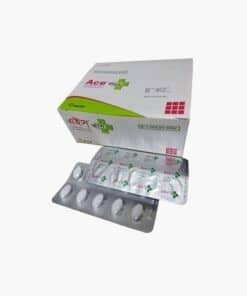
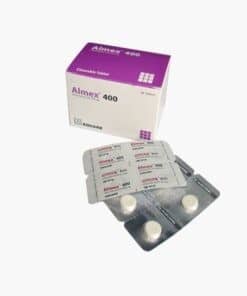
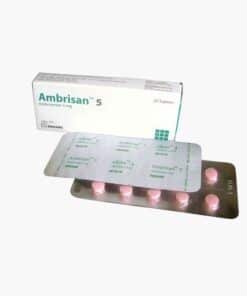
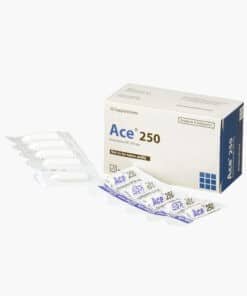
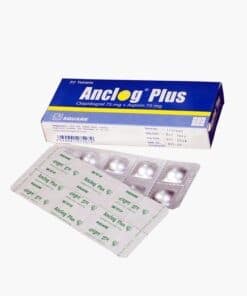
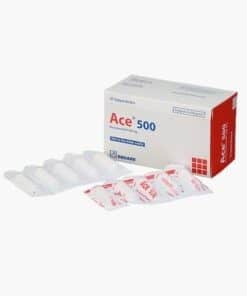
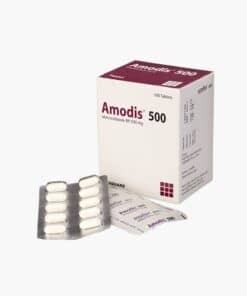
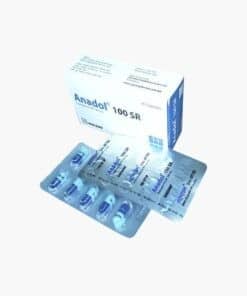
Reviews
There are no reviews yet.